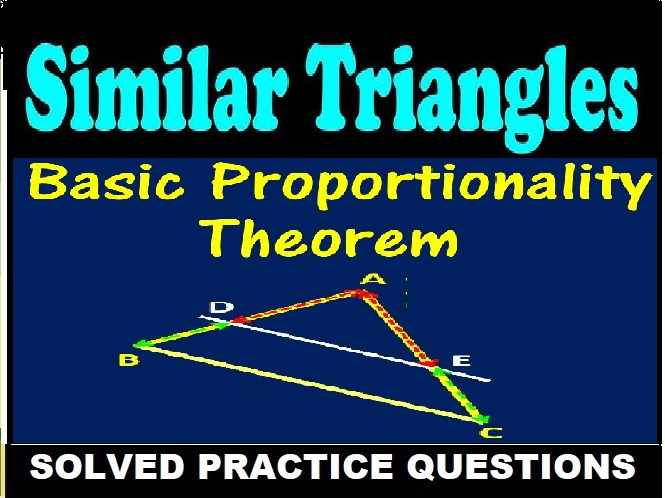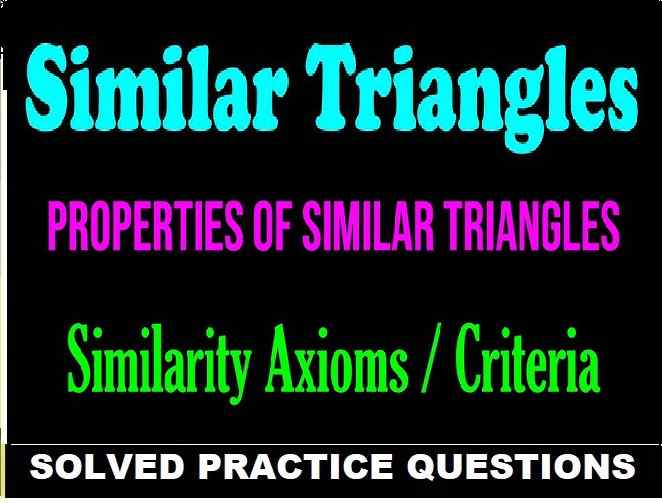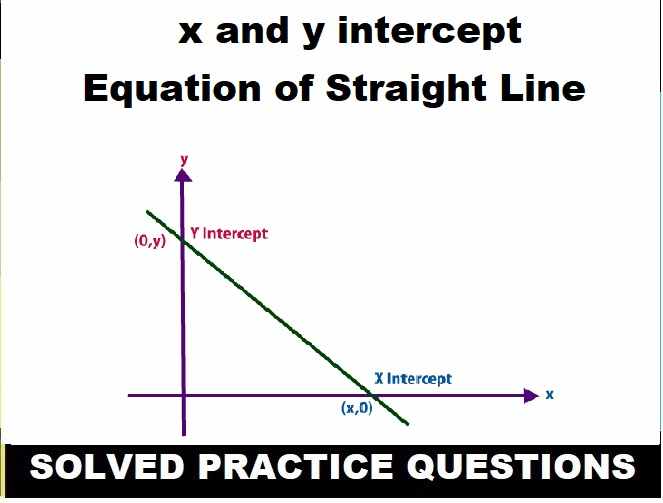OP Malhotra Indefinite Integral-3 Special Integration ISC Class-12 Maths Solutions Ch-15. Step by step Solutions of OP Malhotra SK Gupta, Anubhuti Gangal S.Chand ISC Class-12 Mathematics with Exe-15(a), Exe-15(b), Exe-15(c), Exe-15(d), Exe-15(e), Exe-15(f), Exe-15(g). Visit official Website CISCE for detail information about ISC Board Class-12 Mathematics.
OP Malhotra Indefinite Integral-3 Special Integration ISC Class-12 Maths Solutions Ch-15
| Class: | 12th |
| Subject: | Mathematics |
| Chapter : | Ch-15 Indefinite Integral-3 Special Integration of Section -A |
| Board | ISC |
| Writer | OP Malhotra, SK Gupta, Anubhuti Gangal |
| Publications | S.Chand Publications 2020-21 |
-: Included Topics :-
Exe-15(a)
Exe-15(b)
Exe-15(c)
Exe-15(d)
Exe-15(e)
Exe-15(f)
Exe-15(g)
OP Malhotra Indefinite Integral-3 Special Integration ISC Class-12 Maths Solutions Ch-15
Integration :-
The integration denotes the summation of discrete data. The integral is calculated to find the functions which will describe the area, displacement, volume, that occurs due to a collection of small data, which cannot be measured singularly. In a broad sense, in calculus, the idea of limit is used where algebra and geometry are implemented.
Indefinite Integral
Indefinite integrals are defined without upper and lower limits. It is represented as:
∫f(x)dx = F(x) + C
Properties of Indefinite Integral :-
(i) ∫[f(x) + g(x)] dx = ∫f(x) dx + ∫g(x) dx
(ii) For any real number k, ∫k f(x) dx = k∫f(x)dx.
(iii) In general, if f1, f2,………, fn are functions and k1, k2,…, kn are real numbers, then
∫[k1f1(x) + k2 f2(x)+…+ knfn(x)] dx = k1 ∫f1(x) dx + k2 ∫ f2(x) dx+…+ kn ∫fn(x) dx
Definite Integral
An integral that contains the upper and lower limits then it is a definite integral. On a real line, x is restricted to lie. Riemann Integral is the other name of the Definite Integral.
- A rational function P(x)/Q(x) is proper if the degree of polynomial Q(x) is greater than the degree of the polynomial P(x).
- If the degree of P(x) is greater than or equal to the degree of Q(x), we first write P(x)/Q(x) = h(x) + P(x)/Q(x), where h(x) is a polynomial and p(x) is a polynomial of degree less than the degree of polynomial Q(x).
- Majority of the integrals of the form ∫ R (sin x, cos x) dx can be solved by the above method, but in some cases the substitution cot x/2 = t may prove useful. Some other substitutions that can be used in specific cases include:
- If R(-sin x, cos x) = -R(sin x, cos x), substitute cos x = t
- If R(sin x, -cos x) = -R(sin x, cos x), substitute sin x = t
- If R(-sin x, – cos x) = R(sin x, cos x), substitute tan x = t
Exe-15(a)
OP Malhotra Indefinite Integral-3 Special Integration ISC Class-12 Maths Solutions Ch-15
Evaluate the following integrals :
Question 1:
(i)……………
……………..
Question 2:
………………….
…………………..
Question 11:
………………. dx
Exe-15(b)
OP Malhotra Indefinite Integral-3 Special Integration ISC Class-12 Maths Solutions Ch-15
Evaluate :
Question 1:
…………… dx
Question 2:
……………… dx
Question 3:
…………………
…………………
Question 25:
………………… dx
Exe-15(c)
OP Malhotra Indefinite Integral-3 Special Integration ISC Class-12 Maths Solutions Ch-15
Evaluate the following integrals :
Question 1:
(i) ………….
……………
Question 2:
………………..
……………….
Question 5:
(i) …………….. dx
(ii) …………….. dx
………………………
-
For integrals of the form ∫ (pcosx + q sinx + r) / (a cos x + b sin x + c) dx:
- Express the numerator as m (denominator) + l (differential coefficient of denominator) + n.
- Now, compute m, l and n by comparing the coefficients of sin x, cos x and constant term and split the integral into sum of three integrals.
- This can be expressed as l∫ dx + m ∫d.c. of (Denominator) / denominator dx + n ∫ dx/ (a cos x + b sin x + c)
- Integrals of the form ∫ (pcos x + q sin x) / (a cos x + b sin x) dx can be solved by expressing the numerator as l (denominator) + m(d.c. of denominator) and then find l and m as discussed above.
Integration using partial fractions :-
If f(x) and g(x) are two polynomials, and deg (f(x)) < deg (g(x)), then f(x)/g(x) is called a proper rational fraction.
If deg (f(x)) ≥ deg (g(x)), then f(x)/g(x) is called an improper rational fraction.
If f(x)/g(x) is an improper rational function, then divide f(x) by g(x) and convert it to proper rational function i.e. f(x) / g(x) = l(x) + h(x)/g(x).
Any proper rational function f(x)/g(x) can be expressed as teh sum of rational functions each having a factor of g(x). Each of these factors is called a partial fraction and the process of obtaining them is called decomposition of f(x)./g(x) into partial fractions.
Integration by Substitutions :-
Substitution method is used, when a suitable substitution of variable leads to simplification of integral.
If I = ∫f(x)dx, then by putting x = g(z), we get
I = ∫ f[g(z)] g'(z) dz
Note: Try to substitute the variable whose derivative is present in the original integral and final integral must be written in terms of the original variable of integration.
Exe-15(d)
OP Malhotra Indefinite Integral-3 Special Integration ISC Class-12 Maths Solutions Ch-15
Question 1:
∫dx/ ………..
Question 2:
∫ dx/ …………..
Question 3:
…………………
…………………
Question 13:
∫ (x – 1)/…………..
Exe-15(e)
OP Malhotra Indefinite Integral-3 Special Integration ISC Class-12 Maths Solutions Ch-15
Question 1:
∫ dx/ ………….
Question 2:
∫ dx/ ……………..
Question 3:
………………….
………………….
Question 16:
∫ x+ 2/…………………. dx
Integration by Parts :-
For a given functions f(x) and q(x), we have
∫[f(x) q(x)] dx = f(x)∫g(x)dx – ∫{f'(x) ∫g(x)dx} dx
Here, we can choose the first function according to its position in ILATE, where
I = Inverse trigonometric function
L = Logarithmic function
A = Algebraic function
T = Trigonometric function
E = Exponential function
[the function which comes first in ILATE should taken as first junction and other as second function]
Exe-15(f)
OP Malhotra Indefinite Integral-3 Special Integration ISC Class-12 Maths Solutions Ch-15
Evaluate :
Question 1:
∫…………….
Question 2:
∫………….
Question 3:
…………………..
…………………..
…………………..
Question 20:
∫(x + 3) …………..
Exe-15(g)
OP Malhotra Indefinite Integral-3 Special Integration ISC Class-12 Maths Solutions Ch-15
Evaluate the following integrals :
Question 1:
(i) ∫ dx/………………..
………………………..
Question 2:
(i) ∫ dx/4 – 3 sin x
Question 3:
………………….
…………………
…………………..
Question 8:
∫ sin2x/ ……………..
-: End of Indefinite Integral-3 Special Integration S. Chand ISC Class-12 Maths Solution :-
Return to :- OP Malhotra S. Chand ISC Class-12 Maths Solutions
Thanks
Please share with your friends


